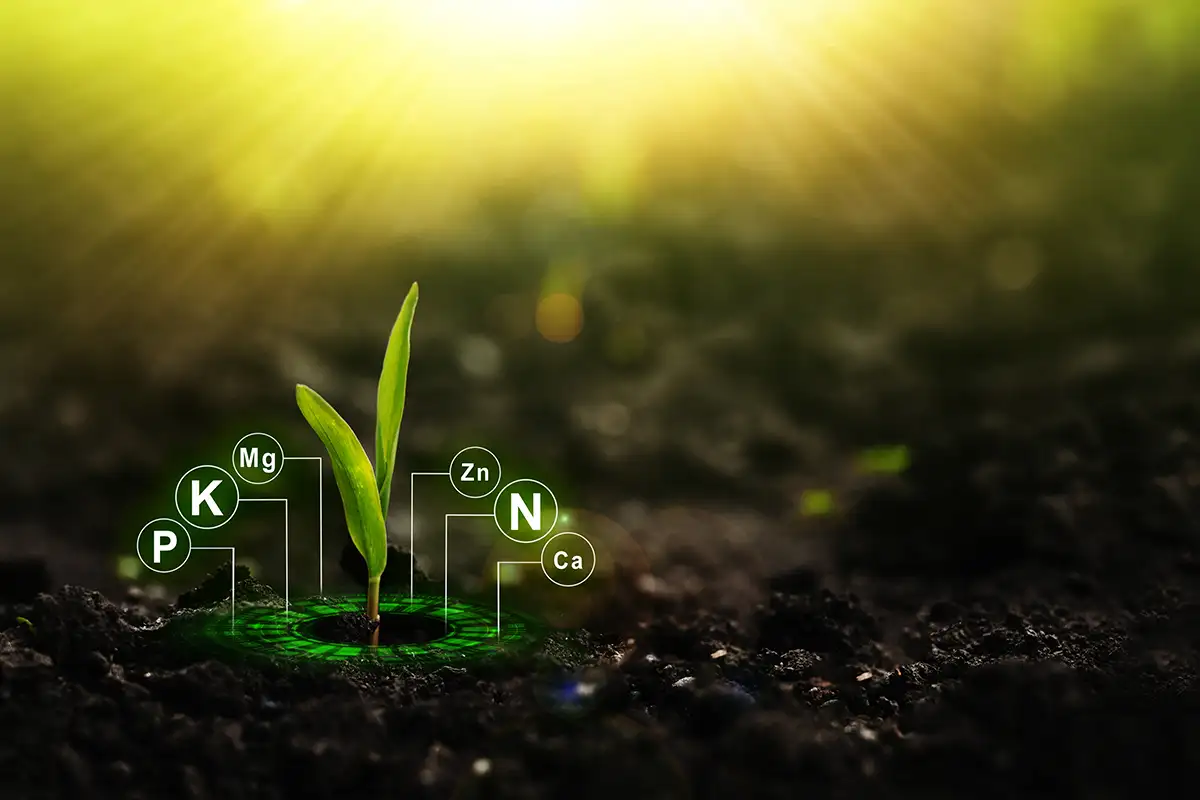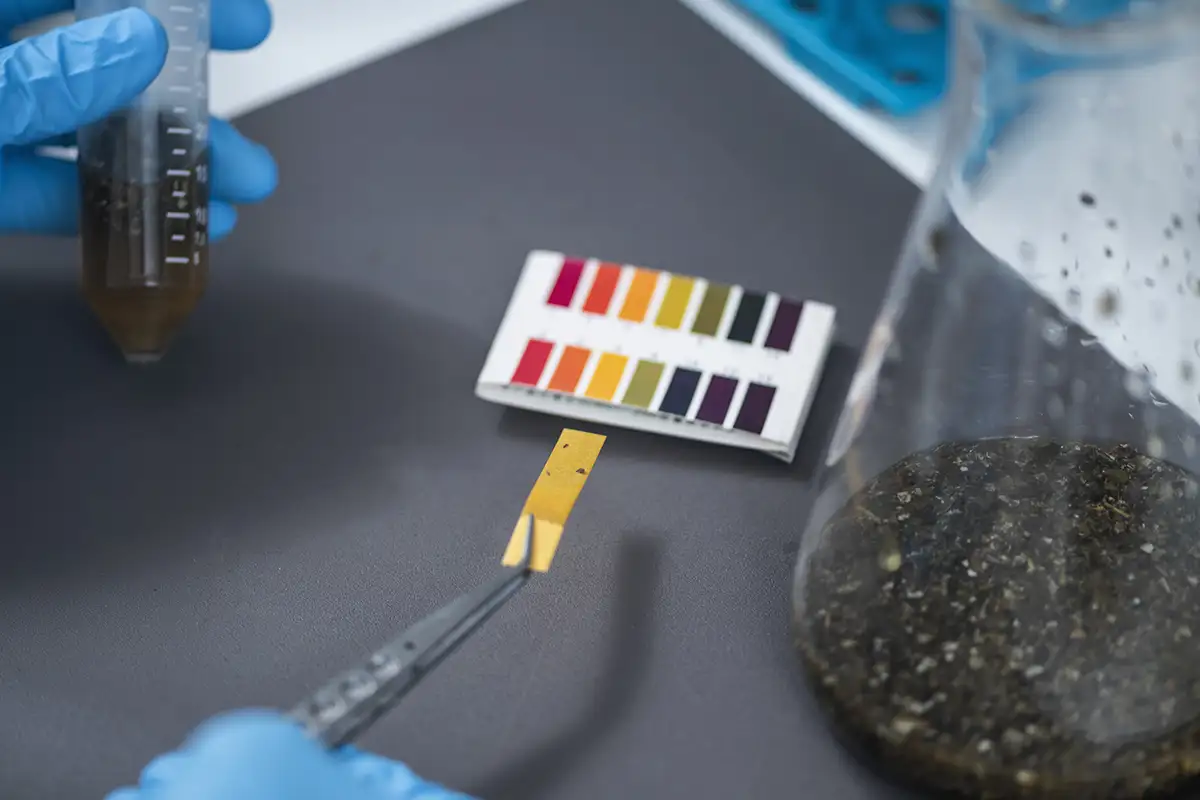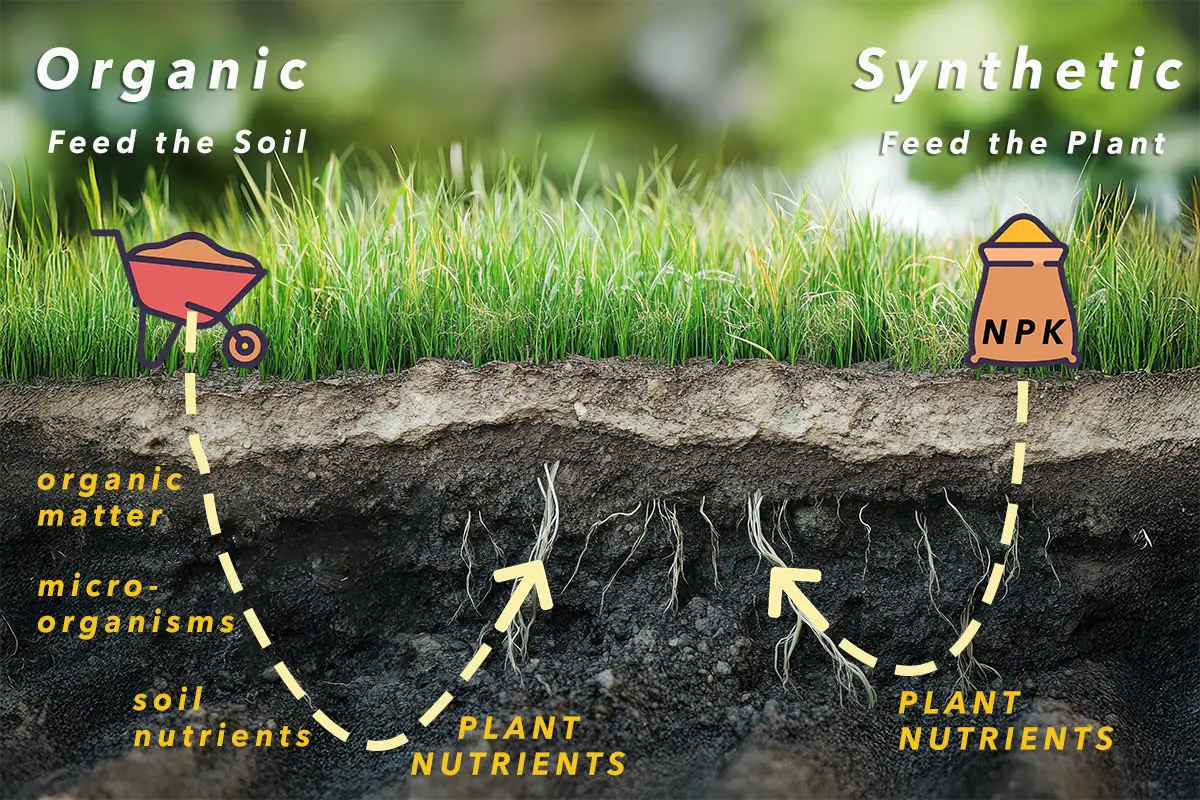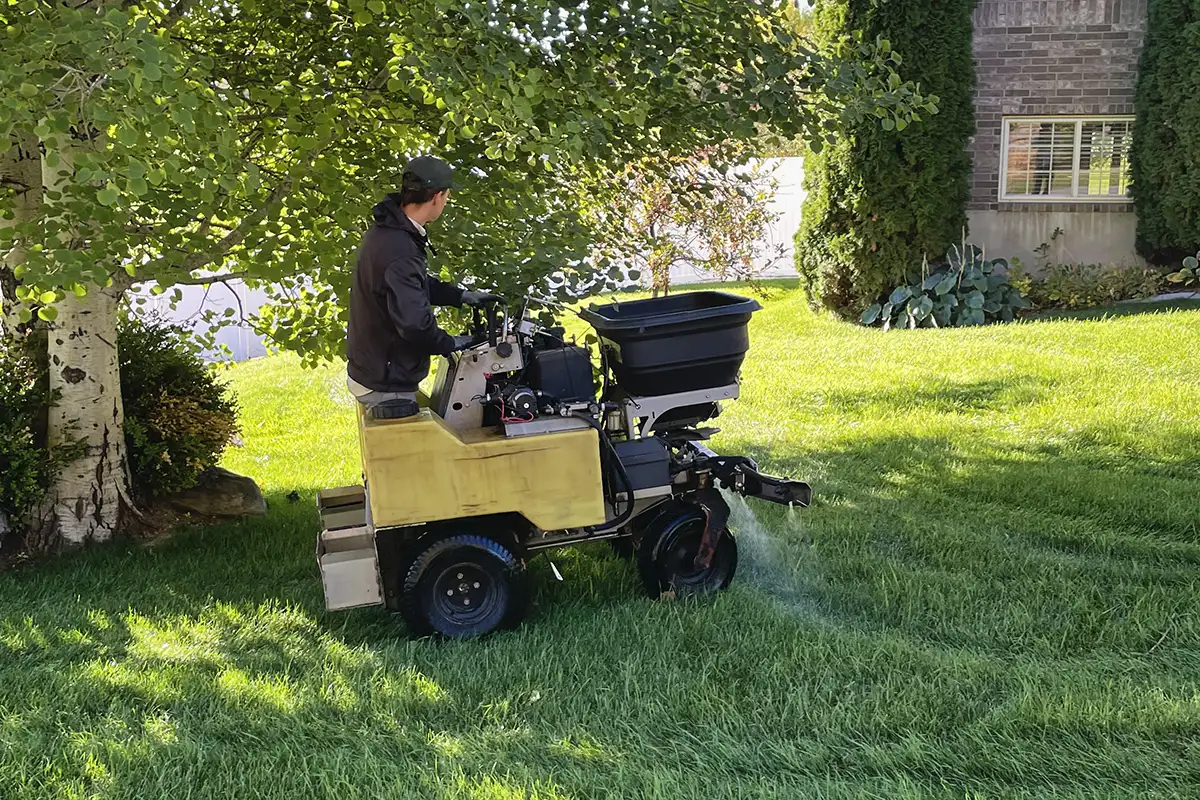Boosting Turf Health from the Ground Up
A thick, vibrant, green lawn isn’t by chance—it’s the result of science-based fertilization, tailored to your soil, grass type, and climate.

Whether you're dealing with patchy turf, seasonal browning, or simply want to maintain curb appeal, understanding how lawn fertilizer works can transform your outdoor space.
This guide covers:
- Why lawn fertilizer is essential
- The difference between organic and inorganic fertilizers
- How to read NPK labels
- Soil testing strategies for Utah homeowners
- Timing, methods, and pro tips to get the best results
Why Fertilizing Your Lawn Matters
Fertilization does more to improve turf health than nearly any other lawn care practice. When done properly, it:
- Promotes dense, green grass growth
- Enhances soil structure and nutrient levels
- Increases resistance to drought, disease, and pests
- Helps crowd out weeds and invasive species
- Aids recovery from foot traffic and environmental stress
- Improves curb appeal and property value
Understanding Fertilizer Basics: What is NPK?
Each fertilizer label shows three key numbers known as the NPK ratio, which stand for:
- N (Nitrogen) – for lush green blades and rapid growth
- P (Phosphorus) – for strong root development
- K (Potassium) – for resilience to heat, drought, and disease
Example: A bag labeled 20-4-8 contains 20% nitrogen, 4% phosphate (P₂O₅), and 8% potash (K₂O).


Soil Testing: The Key to Choosing the Right Fertilizer
Before applying any fertilizer, it’s crucial to test your soil. Utah’s alkaline soils often lock up essential nutrients, making it hard for grass to thrive without adjustment.
Soil testing reveals:
- Nutrient deficiencies (especially nitrogen or phosphorus)
- Soil pH balance
- Salt or compaction issues
Pro tip: Utah lawns often benefit most from nitrogen-heavy fertilizers unless a soil test recommends otherwise.
Organic vs. Inorganic Fertilizer: What’s the Difference?

Both organic and inorganic fertilizers supply essential nutrients. The main differences lie in source, release rate, and soil impact:
🌿 Organic Fertilizers
- Natural sources like compost or manure
- Slow nutrient release, improved soil structure
- Long-term soil health benefits
⚡ Inorganic Fertilizers
- Synthetic nutrient blends
- Fast-acting with quick results
- Easy to overapply if not managed properly

Choosing the Right Fertilizer for Your Lawn’s Needs
Your ideal fertilizer depends on:
- Grass type – Different species have different needs
- Soil pH and structure – Adjust for Logan-area alkalinity
- Lawn goals – Greener turf? Fewer weeds?
- Time of year – Spring = Nitrogen, Fall = Potassium
When and How to Apply Lawn Fertilizer in Utah
- Early spring (March–April): Apply a nitrogen-rich starter
- Late spring (May–June): Follow up with balanced fertilizer
- Early fall (September): Apply for root strength and recovery
- Late fall (October–November): Use a winterizer rich in potassium
Benefits Beyond Green Grass
- Improves soil aeration and drainage
- Thickens turf to crowd out weeds
- Speeds recovery after stress
- Enhances air quality and noise buffering
- Boosts curb appeal and property value
Ready for Professional Fertilizing in Logan, Utah?
Let our local experts take care of your turf. We’ll tailor a lawn care plan that ensures lush, healthy growth all season long.
Request a Free Quote
